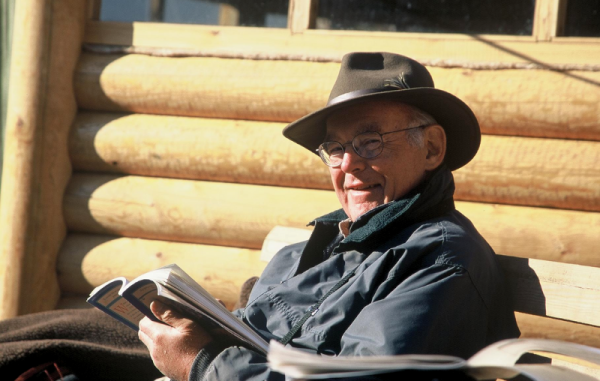Sad news in the tech world this week as Intel co-founder Gordon Moore passed away in Hawaii at the age of 94. Along with Robert Noyce in 1968, Moore founded NM Electronics, the company that would later go on to become Intel Corporation and give the world the first commercially available microprocessor, the 4004, in 1971. The four-bit microprocessor would be joined a few years later by the 8008 and 8080, chips that paved the way for the PC revolution to come. Surprisingly, Moore was not an electrical engineer but a chemist, earning his Ph.D. from the California Institute of Technology in 1954 before his postdoctoral research at the prestigious Applied Physics Lab at Johns Hopkins. He briefly worked alongside Nobel laureate and transistor co-inventor William Shockley before jumping ship with Noyce and others to found Fairchild Semiconductor, which is where he made the observation that integrated circuit component density doubled roughly every two years. This calculation would go on to be known as “Moore’s Law.”
Gordon Moore2 Articles
Gordon Moore, 1929 — 2023
The news emerged yesterday that Gordon Moore, semiconductor pioneer, one of the founders of both Fairchild Semiconductor and Intel, and the originator of the famous Moore’s Law, has died. His continuing influence over all aspects of the technology which makes our hardware world cannot be overstated, and his legacy will remain with us for many decades to come.
A member of the so-called “Traitorous Eight” who left Shockley Semiconductor in 1957 to form Fairchild Semiconductor, he and his cohort laid the seeds for what became Silicon Valley and the numerous companies, technologies, and products which have flowed from that. His name is probably most familiar to us through “Moore’s Law,” the rate of semiconductor development he first postulated in 1965 and revisited a decade later, that establishes a doubling of integrated circuit component density every two years. It’s a law that has seemed near its end multiple times over the decades since, but successive advancements in semiconductor fabrication technology have arrived in time to maintain it. Whether it will continue to hold from the early 2020s onwards remains a hotly contested topic, but we’re guessing its days aren’t quite over yet.
Perhaps Silicon Valley doesn’t hold the place in might once have in the world of semiconductors, as Uber-for-cats app startups vie for attention and other semiconductor design hubs worldwide steal its thunder. But it’s difficult to find a piece of electronic technology, whether it was designed in Mountain View, Cambridge, Shenzhen, or wherever, that doesn’t have Gordon Moore and the rest of those Fairchild founders in its DNA somewhere. Our world is richer for their work, and that’s what we’ll remember Gordon Moore for.
You can read our thoughts on Moore’s famous law. If you ever wondered how Silicon Valley became the place for electronics, the story is probably much older than you think.












